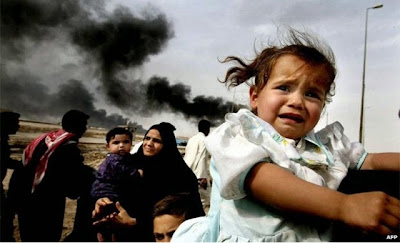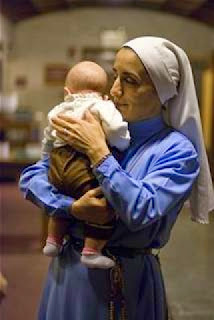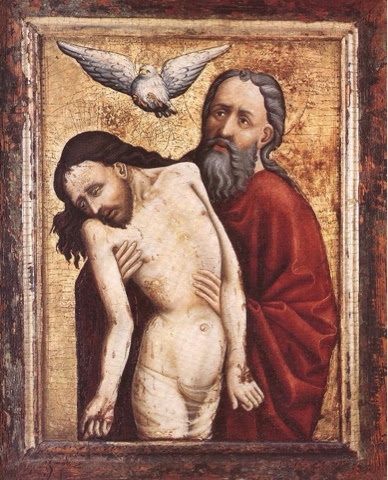Brittany Maynard was a 29 year old woman who, on Sunday, November 2, 2014, decided to take her own life before a terminal brain cancer took it first. She became a kind of heroine of "the right to die” movement, and has been praised by an astounding number of people from across the globe for the “courageous” way in which she took charge of her life, and died the way she wanted to die.
The picture most often connected with Brittany’s story (above) captures her in a seemingly shining moment of life; happy, a beaming smile, cuddling her dog, relaxing in a deckchair under the sun.
In addition to leaving behind a husband and some extended family members, she also left the world with this assemblage of final words from her Facebook account:
“Goodbye to all my dear friends and family that I love. Today is the day I have chosen to pass away with dignity in the face of my terminal illness, this terrible brain cancer that has taken so much from me … but would have taken so much more. The world is a beautiful place, travel has been my greatest teacher, my close friends and folks are the greatest givers. I even have a ring of support around my bed as I type… It is people who pause to appreciate life and give thanks who are happiest. If we change our thoughts, we change our world! Love and peace to you all… Goodbye world. Spread good energy. Pay it forward!”
Then Brittany took her meds and slipped away. Before the loss of control of her bodily functions, before the awkwardness of being carted around in a wheelchair, before the embarrassment of having her bedpan changed, of being washed and groomed each day by hands other than her own, she escaped. The burning fire of human suffering would not touch her. She would not taste again that childlike dependence that illness and disease thrust into our freedom and independence. Only that beaming picture of Brittany, healthy and strong, would remain. She took control.
When I watched Brittany’s final video, and looked at that beautiful face in the photograph, another face came to mind for me. It was a face of pain from the winter of 2005; another person with a debilitating disease who appeared on our screens, in our newspapers, on the internet. This was a sorrowful face, drooling, having lost control of his bodily functions. I saw the awkwardness of his being carted around in a wheelchair. He was washed and groomed each day by hands other than his own. He was St. John Paul II.
I remember in those days, voices calling out for him to step away, to retire, to let go, to stop the pain, or at least spare us all of having to witness it. Many wondered why he persisted in that public display. Why does he allow himself to appear so broken, so dependent, so weak on the world’s stage?
Decades before his decline, in his Theology of the Body, St. John Paul II wrote “These reflections do not include many problems that, with regard to their object, belong to the theology of the body (as, for example, the problem of suffering and death, so important in the biblical message)” (TOB 133:1). How prophetic that those reflections would be written on the very parchment of his flesh in those final days? It would be his very body, broken and carrying the weight of the world that would teach us about the mystery of suffering and how it should be lived? That via dolorosa was his final homily. At St. John Paul II’s bedside, a friend by the name of Cardinal Ratzinger told a gathering of concerned souls, ”The Pope is fully in control of the Church and is now governing it from his bed of pain.”
There is so much here. Concepts and ideas that are fundamental to the human project, to our deepest identity. The problem of evil, of human suffering, of freedom and of purpose. We ask ourselves what good is suffering? Is it useless? Is it an evil to be avoided at all costs? Can it actually be escaped? And would that escape be a worthy path for the human heart? For the follower of Christ, human life is fully revealed in Christ, who Himself entered our pain and did not disdain it. He came to soak up that suffering, that very sting of death and nail it to the tree. Isn’t this via crucis, then, the very way we also must walk, taking up our cross daily to follow Him?

"I have meditated on all this and thought it through again during my stay in the hospital... I realized that I must lead the Church of Christ into the third millennium with prayer and through various activities, but I have also seen that it is not enough. It is also necessary to lead by suffering.... The Pope must suffer, so that the world may see that there is a higher gospel, as it were, the gospel of suffering, by which the future is prepared..."
- St. John Paul II
Suffering is an unavoidable reality. In a fallen world, it may well be the very chisel with which we are sculpted into the sons and daughters of the Father. Suffering knocks away our arrogance, our pride, and it teaches us, purifies us, reminds us of our need for others, and of our radical dependence on the Divine Healer.
Every single human person suffers. We can either repress it and try to run away from this consuming fire or we can enter into it like the three young men in the Book of Daniel. It is here, it is part of human life, and if God allows it then it must have a purpose. According to St. John Paul II, this man who had quite his fair share of suffering in life, that purpose is one we cannot afford to lose.
“Suffering is present in the world in order to release love, in order to give birth to works of love towards one’s neighbor, in order to transform the whole of human civilization into a ‘civilization of love.’ ”
- St. John Paul II, Salvifici Doloris, 30
The mystery of suffering. The incapacitating power of it astounds and confounds us. It's power makes us powerless. But in that powerlessness, we can learn that childlike dependence on God and others that is literally a prerequisite to the glory to come in Heaven! If we open our hearts to this mystery and ask what is has to teach us, then that power of love will become our own. The floodgates of grace will be unlocked by our open hearts, our prayer and our sacrifice. Untold riches can flood the world. We have seen all of this before. Christ led the way for us. He is the Way! He is the Suffering Servant. So rather than run from this fire of suffering, let us with the Son of Man enter into it. This is truly the only way through it. The path to Easter Joy is through the sorrow of our own Good Friday.
“Nightmares evaporate like mist in sunshine, fears dissolve and suffering vanishes when the whole human being becomes praise and trust, expectation and hope. This is the strength of prayer when it is pure, intense, and total abandonment to God our provident Redeemer.”
- St. John Paul II, General Audience, July 10, 2002
For the soul of Brittany Maynard, and for all of the souls of the departed, that the blood and water of Divine Mercy might cleanse and wash over them all, let us pray!
________________________________























